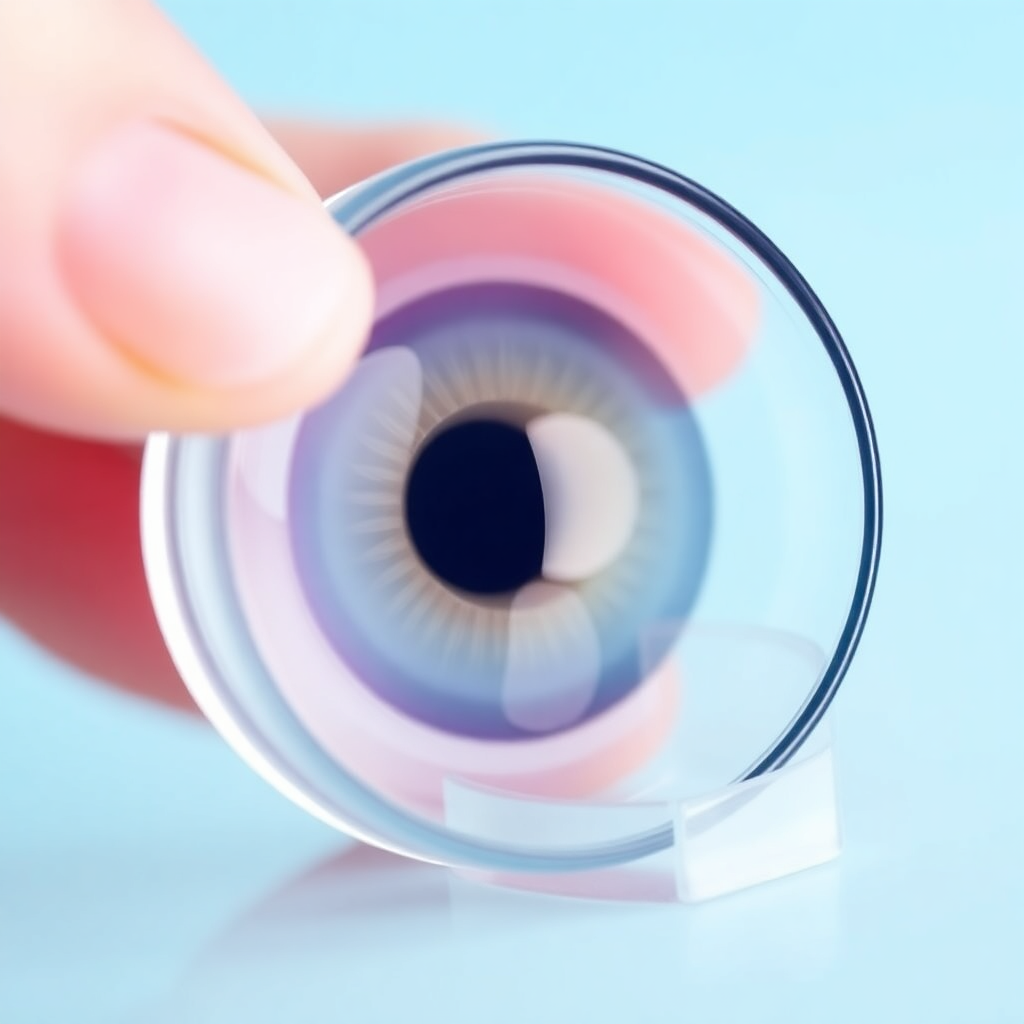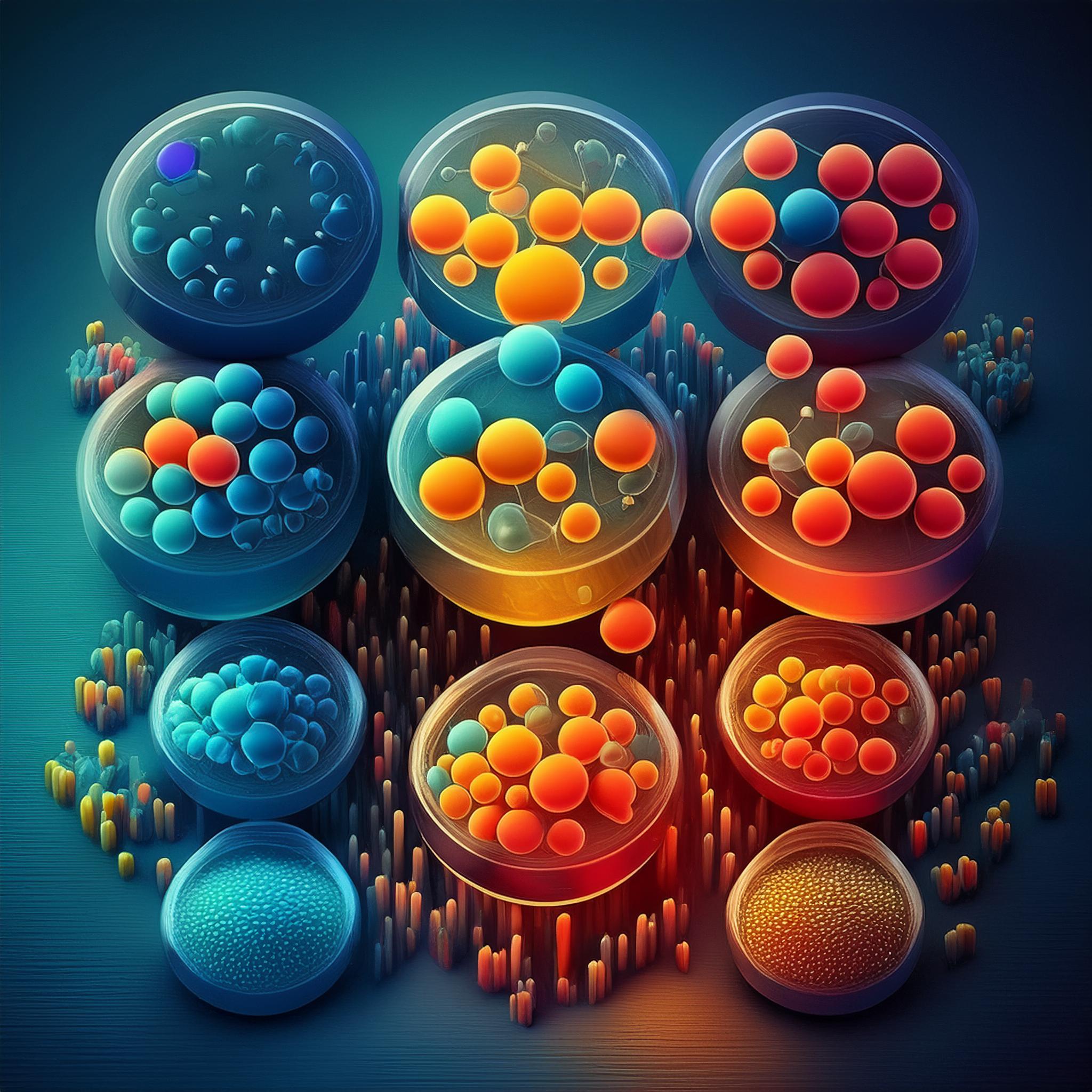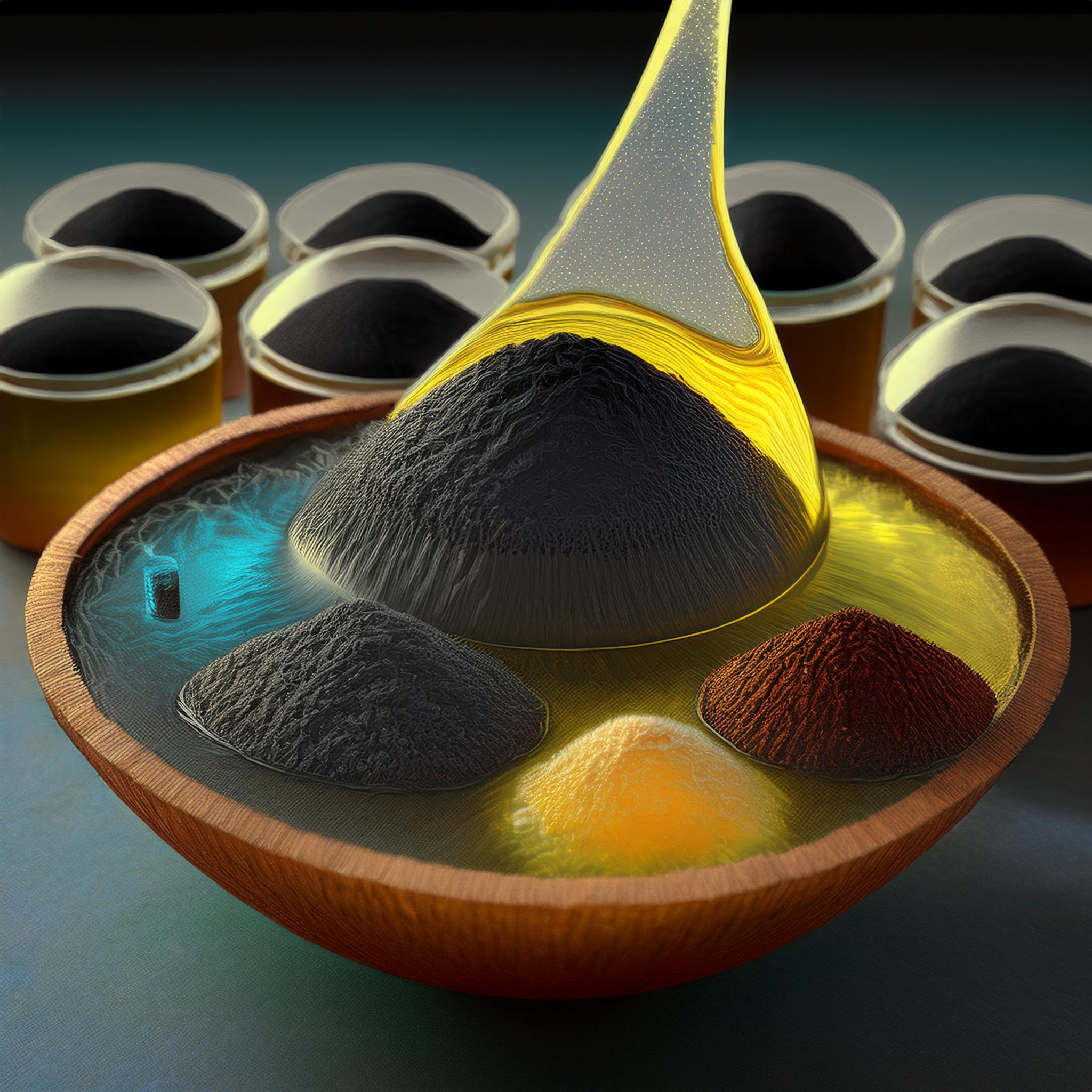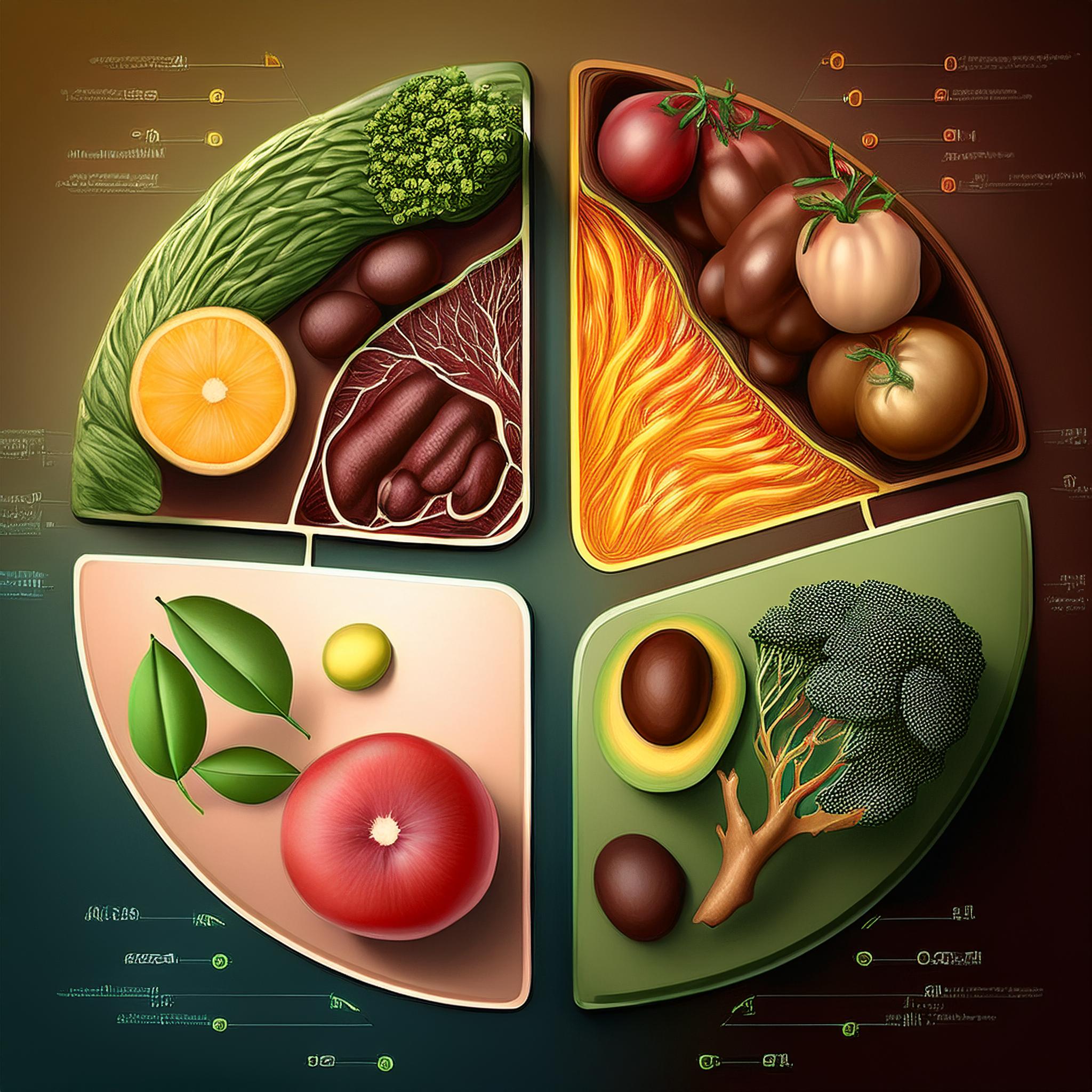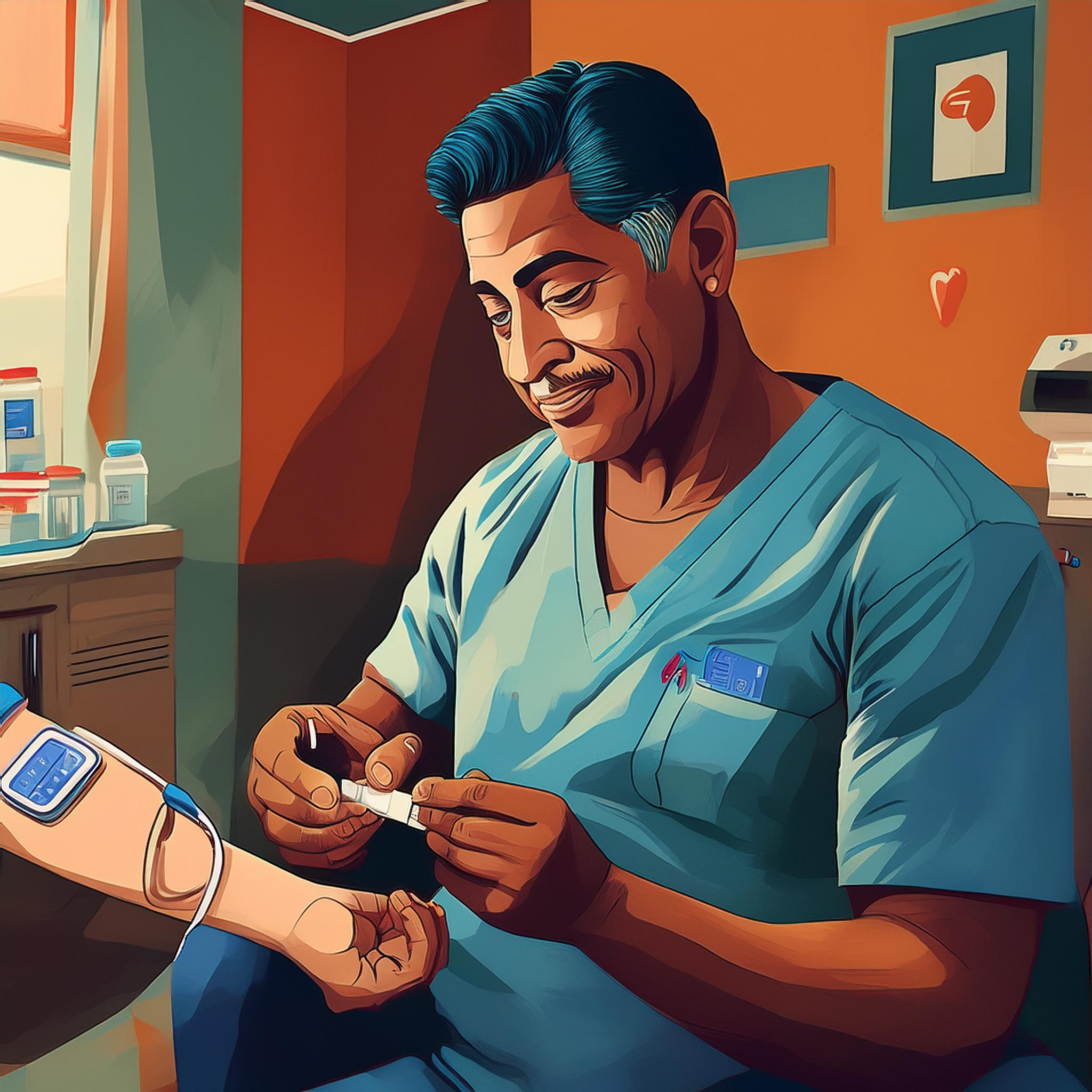Persistence of Antibody Response Against SARS-CoV-2 After Vaccination
Downloads
SARS-CoV-2 is the causative agent of the disease known as COVID-19. COVID-19 is spreading very fast around the world. One of the immune responses that play a role in against SARS-CoV-2 infection is the production of antibodies, which is 3 weeks after infection. Where within 3 weeks after infection, antibodies will be produced against RBD and the S1 and S2 domains in glycoprotein S and nucleocapsid protein N. The ability of an antibody to inhibit viral infection is determined by its level or titer. This study aims to determine the description of antibody levels against SARS-CoV-2 after vaccination. This type of research is descriptive research. Measurement of antibody levels for SRBD SARS-CoV-2 was carried out using the CLIA method using the MAGLUMI tool. Of the 30 respondents, 23 people had received the third vaccine. The results of this study showed that the average level of SRBD antibodies against SARS-CoV-2 in respondents with 2 doses of vaccine (1.063,786 BAU/mL) was higher than in respondents with 3 doses of vaccine (535.651 BAU/mL). Vaccine intervals of more than 6 months (908.338 BAU/mL) have higher antibody levels than respondents with vaccine intervals of 1-6 months (228.006 BAU/mL). The conclusion of this study is the highest antibody titers are produced >6 months after vaccination, antibody titers are still detectable after 12 months of vaccination, and for further research, it can be measured antibody levels against SARS-CoV-2 from people who have got vaccination for a duration of 2 years or more.
Alharbi, N. K., Al-Tawfiq, J. A., Alwehaibe, A., Alenazi, M. W., Almasoud, A., Algaisi, A., … Alsagaby, S. A. (2022). Persistence of Anti-SARS-CoV-2 Spike IgG Antibodies Following COVID-19 Vaccines. Infection and Drug Resistance, 15(July), 4127–4136. https://doi.org/10.2147/IDR.S362848
Alsagaby, S. A., Aljouie, A., Alshammari, T. H., Mir, S. A., Alhumaydhi, F. A., Abdulmonem, W. Al, … Alharbi, N. K. (2021). Haematological and radiological-based prognostic markers of COVID-19. Journal of Infection and Public Health, 14(11), 1650–1657. https://doi.org/10.1016/j.jiph.2021.09.021
Baden, L. R., El Sahly, H. M., Essink, B., Kotloff, K., Frey, S., Novak, R., … Zaks, T. (2021). Efficacy and Safety of the mRNA-1273 SARS-CoV-2 Vaccine. New England Journal of Medicine, 384(5), 403–416. https://doi.org/10.1056/nejmoa2035389
Bates, T. A., Leier, H. C., Lyski, Z. L., Goodman, J. R., Curlin, M. E., Messer, W. B., & Tafesse, F. G. (2021). Age-Dependent Neutralization of SARS-CoV-2 and P.1 Variant by Vaccine Immune Serum Samples. JAMA, 328, 868–869. https://doi.org/10.1056/nejmoa2034577
CDC. (2020). Real-Time RT-PCR diagnostic panel. CDC. Retrieved from https://www.fda.gov/media/134922/download
Chowdhury, M. A., Hossain, N., Kashem, M. A., Shahid, M. A., & Alam, A. (2020). Immune response in COVID-19: A review. Journal of Infection and Public Health, 13(11), 1619–1629. https://doi.org/10.1016/j.jiph.2020.07.001
Cinquanta, L., Fontana, D. E., & Bizzaro, N. (2017). Chemiluminescent immunoassay technology: what does it change in autoantibody detection?. Autoimmunity highlights, 8, 1-8. https://doi.org/10.1007/s13317-017-0097-2
Ejemel, M., Li, Q., Hou, S., Schiller, Z. A., Tree, J. A., Wallace, A., … Wang, Y. (2020). A cross-reactive human IgA monoclonal antibody blocks SARS-CoV-2 spike-ACE2 interaction. Nature Communications, 11(1), 1–9. https://doi.org/10.1038/s41467-020-18058-8
Faíco-Filho, K. S., Passarelli, V. C., & Bellei, N. (2020). Is higher viral load in SARS-CoV-2 associated with death? American Journal of Tropical Medicine and Hygiene, 103(5), 2019–2021. https://doi.org/10.4269/ajtmh.20-0954
Gao, Q., Bao, L., Mao, H., Wang, L., Xu, K., Yang, M., ... & Qin, C. (2020). Development of an inactivated vaccine candidate for SARS-CoV-2. Science, 369(6499), 77-81.
Gudbjartsson, D. F., Norddahl, G. L., Melsted, P., Gunnarsdottir, K., Holm, H., Eythorsson, E., … Stefansson, K. (2020). Humoral Immune Response to SARS-CoV-2 in Iceland. New England Journal of Medicine, 383(18), 1724–1734. https://doi.org/10.1056/nejmoa2026116
Han, Y., & Yang, H. (2020). The transmission and diagnosis of 2019 novel coronavirus infection disease (COVID-19): A Chinese perspective. Journal of Medical Virology, 92(6), 639–644. https://doi.org/10.1002/jmv.25749
Hitchings, M. D. T., Ranzani, O. T., Torres, M. S. S., Oliveira, S. B. de, Almiron, M., Said, R., … Croda, J. (2021). Effectiveness of CoronaVac among healthcare workers in the setting of high SARS-CoV-2 Gamma variant transmission in Manaus, Brazil: a test-negative case-control study. The Lancet Regional Health - Americas, 9(28). https://doi.org/10.1101/ 2021.04.07.21255081.
Hou, H., Wang, T., Zhang, B., Luo, Y., Mao, L., Wang, F., … Sun, Z. (2020). Detection of IgM and IgG antibodies in patients with coronavirus disease 2019. Clinical and Translational Immunology, 9(5), 1–8. https://doi.org/10.1002/cti2.1136
Hunter, P. R., & Brainard, J. (2021). Estimating the effectiveness of the Pfizer COVID-19 BNT162b2 vaccine after a single dose. A reanalysis of a study of ‘real-world’vaccination outcomes from Israel. Medrxiv, 2021-02. https://doi.org/10.1101/2021.02.01.21250957
Iyer, A. S., Jones, F. K., Nodoushani, A., Kelly, M., Becker, M., Slater, D., … Charles, R. C. (2020). Persistence and decay of human antibody responses to the receptor binding domain of SARS-CoV-2 spike protein in COVID-19 patients. Science Immunology, 5(52), 1–13. https://doi.org/10.1126/sciimmunol.abe0367
Jacofsky, D., Jacofsky, E. M., & Jacofsky, M. (2020). Understanding Antibody Testing for COVID-19. Journal of Arthroplasty, 35(7), S74–S81. https://doi.org/10.1016/j.arth.2020.04.055
Kementerian Kesehatan Republik Indonesia. (2021). Question (Faq) Pelaksanaan Vaksinasi Covid-19. Jakarta: Kementerian Kesehatan Republik Indonesia.
L’Huillier, A. G., Meyer, B., Andrey, D. O., Arm-Vernez, I., Baggio, S., Didierlaurent, A., … Kaiser, L. (2021). Antibody persistence in the first 6 months following SARS-CoV-2 infection among hospital workers: a prospective longitudinal study. Clinical Microbiology and Infection, 27(5), 784.e1-784.e8. https://doi.org/10.1016/j.cmi.2021.01.005
Li, L. (2020). Neutralizing Antibodies to SARS-CoV-2: An Important Mechanism of Immunity. Scientific Review, 3, 1–4. Retrieved from https://doi.org/10.1016/j.autrev.2020.102554
Lo Sasso, B., Giglio, R. V., Vidali, M., Scazzone, C., Bivona, G., Gambino, C. M., … Ciaccio, M. (2021). Evaluation of anti-sars-cov-2 s-rbd igg antibodies after covid-19 mrna bnt162b2 vaccine. Diagnostics, 11(7), 1–9. https://doi.org/10.3390/diagnostics11071135
Madhi, S. A., Baillie, V., Cutland, C. L., Voysey, M., Koen, A. L., Fairlie, L., … Izu, A. (2021). Efficacy of the ChAdOx1 nCoV-19 Covid-19 Vaccine against the B.1.351 Variant. New England Journal of Medicine, 384(20), 1885–1898. https://doi.org/10.1056/nejmoa2102214
Mohammed, I., Nauman, A., Paul, P., Ganesan, S., Chen, H., Muhammad, S., … Zakaria, D. (2022). The efficacy and effectiveness of the COVID-19 vaccines in reducing infection , severity , hospitalization , and mortality : a systematic review. Human Vaccines & Immunotherapeutics, 18(1). https://doi.org/10.1080/21645515.2022.2027160
Rauf, A., Abu-Izneid, T., Olatunde, A., Khalil, A. A., Alhumaydhi, F. A., Tufail, T., … Rengasamy, K. R. R. (2020). COVID-19 pandemic: Epidemiology, etiology, conventional and non-conventional therapies. International Journal of Environmental Research and Public Health, 17(21), 1–32. https://doi.org/10.3390/ijerph17218155
Syahniar, R., Purba, M. B., Bekti, H. S., & Mardhia, M. (2020). Vaccines against Coronavirus Disease: Target Proteins, Immune Responses, and Status of Ongoing Clinical Trials. Journal of Pure & Applied Microbiology, 14(4), 2253-63. https://doi.org/10.22207/JPAM.14.4.03
Speiser, D. E., & Bachmann, M. F. (2020). Covid-19: Mechanisms of vaccination and immunity. Vaccines, 8(3), 1–22. https://doi.org/10.3390/vaccines8030404
Thermo Fisher Scientific. (2023). Plasma and Serum Preparation. Thermo Fisher Scientific. Retrivied from https://www.thermofisher.com/id/en/home/references/protocols/cell-and-tissue-analysis/elisa-protocol/elisa-sample-preparation-protocols/plasma-and-serum-preparation.html#:~:text=Serum%20is%20the%20liquid%20fraction,removed%20using%20a%20Pasteur%20pipette.
Turner, J. S., O’Halloran, J. A., Kalaidina, E., Kim, W., Schmitz, A. J., Zhou, J. Q., … Ellebedy, A. H. (2021). SARS-CoV-2 mRNA vaccines induce persistent human germinal centre responses. Nature, 596(7870), 109–113. https://doi.org/10.1038/s41586-021-03738-2
Voysey, M., Costa Clemens, S. A., Madhi, S. A., Weckx, L. Y., Folegatti, P. M., Aley, P. K., … Zuidewind, P. (2021). Single-dose administration and the influence of the timing of the booster dose on immunogenicity and efficacy of ChAdOx1 nCoV-19 (AZD1222) vaccine: a pooled analysis of four randomised trials. The Lancet, 397(10277), 881–891. https://doi.org/10.1016/S0140-6736(21)00432-3
Wang, C., Wu, J., Zong, C., Xu, J., & Ju, H. X. (2012). Chemiluminescent immunoassay and its applications. Chinese Journal of Analytical Chemistry, 40(1), 3–10. https://doi.org/10.1016/S1872-2040(11)60518-5
Wang, Z., Muecksch, F., Schaefer-Babajew, D., Finkin, S., Viant, C., Gaebler, C., … Nussenzweig, M. C. (2021). Naturally enhanced neutralizing breadth against SARS-CoV-2 one year after infection. Nature, 595(7867), 426–431. https://doi.org/10.1038/s41586-021-03696-9
WHO. (2023). Diagnostic testing for SARS-CoV-2 infection. WHO. Retrivied from https://www.who.int/multi-media/details/diagnostic-testing-for-sars-cov-2-infection
WHO. (2022a). WHO Coronavirus (COVID-19) Dashboard | WHO Coronavirus (COVID-19) Dashboard With Vaccination Data. Retrieved from https://covid19.who.int/
WHO. (2022b). WHO Coronavirus Disease (COVID-19) Dashboard: Indonesia Situation. WHO. Retrieved from https://covid19.who.int/region/searo/country/id
Copyright (c) 2024 JURNAL INFO KESEHATAN

This work is licensed under a Creative Commons Attribution-NonCommercial-ShareAlike 4.0 International License.
Copyright notice
Ownership of copyright
The copyright in this website and the material on this website (including without limitation the text, computer code, artwork, photographs, images, music, audio material, video material and audio-visual material on this website) is owned by JURNAL INFO KESEHATAN and its licensors.
Copyright license
JURNAL INFO KESEHATAN grants to you a worldwide non-exclusive royalty-free revocable license to:
- view this website and the material on this website on a computer or mobile device via a web browser;
- copy and store this website and the material on this website in your web browser cache memory; and
- print pages from this website for your use.
- All articles published by JURNAL INFO KESEHATAN are licensed under the Creative Commons Attribution 4.0 International License. This permits anyone to copy, redistribute, remix, transmit and adapt the work provided the original work and source is appropriately cited.
JURNAL INFO KESEHATAN does not grant you any other rights in relation to this website or the material on this website. In other words, all other rights are reserved.
For the avoidance of doubt, you must not adapt, edit, change, transform, publish, republish, distribute, redistribute, broadcast, rebroadcast or show or play in public this website or the material on this website (in any form or media) without appropriately and conspicuously citing the original work and source or JURNAL INFO KESEHATAN prior written permission.
Permissions
You may request permission to use the copyright materials on this website by writing to jurnalinfokesehatan@gmail.com.
Enforcement of copyright
JURNAL INFO KESEHATAN takes the protection of its copyright very seriously.
If JURNAL INFO KESEHATAN discovers that you have used its copyright materials in contravention of the license above, JURNAL INFO KESEHATAN may bring legal proceedings against you seeking monetary damages and an injunction to stop you using those materials. You could also be ordered to pay legal costs.
If you become aware of any use of JURNAL INFO KESEHATAN copyright materials that contravenes or may contravene the license above, please report this by email to jurnalinfokesehatan@gmail.com
Infringing material
If you become aware of any material on the website that you believe infringes your or any other person's copyright, please report this by email to jurnalinfokesehatan@gmail.com.



